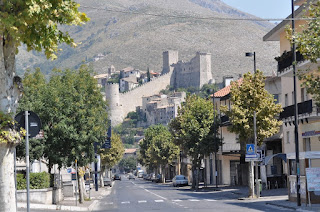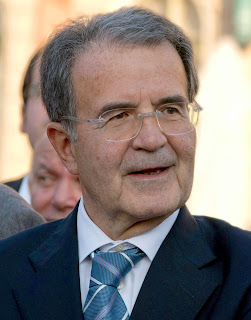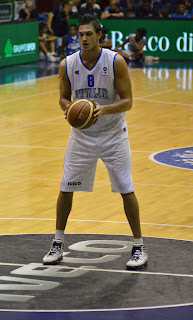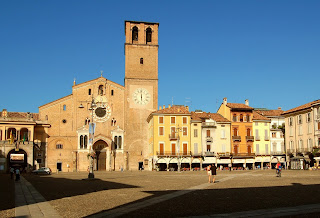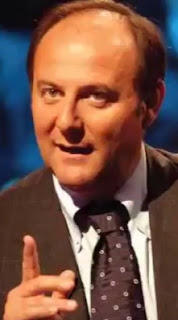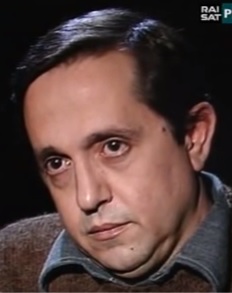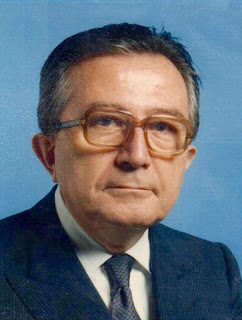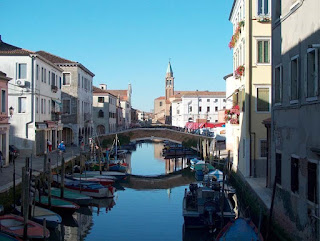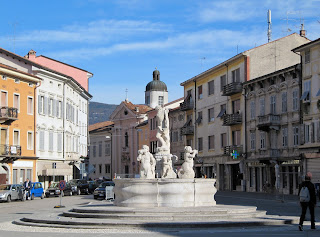Former AC Milan boss has topped Conte's record
 |
| Massimiliano Allegri led Juventus to three consecutive league and cup doubles |
Massimiliano Allegri, the man who looked to have taken on
one of the toughest acts to follow in football when he succeeded Antonio Conte
as head coach of Juventus, was born on this day in 1967 in Livorno.
Conte won the Serie A title three times and the domestic
double of Serie A and Coppa Italia twice in his three years as boss of the
Turin club.
Allegri took over only in 2014 but has already exceeded
Conte’s record, leading the so-called Old Lady of Italian football to the
double in each of his three seasons in charge.
The 2016-17 title was the club’s sixth in a row, setting a
Serie A record for the most consecutive Scudetto triumphs.
Allegri was well regarded as a creative midfielder but although
there were high spots, such as scoring 12 Serie A goals from midfield in a
relegated Pescara side in 1992-923, he enjoyed a fairly modest playing career which
was marred by his suspension for a year as one of six players alleged to have
conspired in fixing the result of a Coppa Italia tie while with the Serie B club Pistoiese.
In coaching, he followed the customary Italian route of
learning his craft in the lower divisions, tasting success for the first time
in 2007-08 with the Emilia-Romagna club Sassuolo, guiding the club to promotion
to Serie B for the first time in their history as Serie C/A champions.
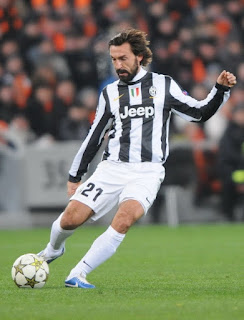 |
| Andrea Pirlo praised Allegri's calm approach |
This earned him a move to Serie A with Cagliari, where he
steered the Sardinian team to ninth place, their best top-flight finish in 15
years and enough to win him the league’s Panchino d’Oro award for coach of the
year for 2008-09, ahead of title-winning Internazionale boss Josè Mourinho.
Despite the award, Cagliari’s unpredictable owner Massimo
Cellini relieved him of his managerial duties in April of the following year, with the team again sitting in a respectable mid-table position.
But Cagliari’s loss was AC Milan’s gain. Appointed in June 2010, he led the rossoneri
to the Serie A title in his first season, winning a place in the affections of
supporters by defeating city rivals Inter in both matches.
He was not able to maintain Milan’s high level, in part due
to the club’s failings in the transfer market.
They won the Supercoppa Italia at the start of the following season with
another victory over Inter but lost out to Conte’s Juventus in their title
defence.
In the 2012-13 season Milan recovered from a poor start and
climbed from 16th place to finish third but in January 2014 he was
dismissed.
Ironically, his early success with Juventus was built around
the experience and vision of the veteran midfielder Andrea Pirlo, whom Allegri
had controversially deemed surplus to requirements in Milan on the grounds of
age. However, Pirlo bore no grudges and
praised Allegri for the “sense of calm” he brought to the team compared with
the frenetic style of Conte.
 |
| Allegri succeeded Antonio Conte at Juventus |
What has set Allegri apart from some coaches is his flexible
tactical approach, with his players adept at switching systems for different
opponents, sometimes changing formation several times during a match. The constant has been a formidable defence
built around Leonardo Bonucci, Andrea Barzagli and Giorgio Chiellini, often
referred to as BBC.
For all his domestic success, Champions League glory so far
eludes Allegri, as it has Conte.
He reached the final with Juventus in 2015, losing 3-1 to
Barcelona in Berlin, and again in 2017, when a 4-1 reverse against Real Madrid
was a particular disappointment after the team had conceded only three goals
all told in reaching the final. Allegri
has admitted he considered resigning after the match.
Away from football, Allegri has a daughter, Valentina, by
his marriage to Gloria, from whom he is divorced, and a son, George, by long-term
girlfriend Claudia, with whom he is now separated after an eight-year
relationship.
 |
| The Piazza della Repubblica in Livorno |
Travel tip:
Livorno is Tuscany's third-largest city after Florence and
Pisa and tends to be somewhat overlooked as a tourist destination. Yet it has
an historic 17th century port, which once served merchants from all
over the world, reputedly some of the best seafood restaurants on the
Tyrrhenian coast and an historic centre given a unique character by a network
of Venetian-style canals and some elegant belle époque buildings.
 |
| Sassuolo's Ducal Palace |
Travel tip:
Overshadowed by nearby Modena, which is just 17km (11 miles)
to the north-east, Sassuolo is a town of 40,000 inhabitants on the banks of the
Secchia river that was once in the possession of the Este family and until the
19th century was part of the Duchy of Modena. The title Lord of
Sassuolo currently belongs to Prince Lorenz of Belgium, Archduke of
Austria-Este. Hence the town has Ducal Palace, designed by Bartolomeo
Avanzini. The town has since the 1950s
been the centre of a thriving ceramic tile industry, supplying 80 per cent of
the Italian market.

